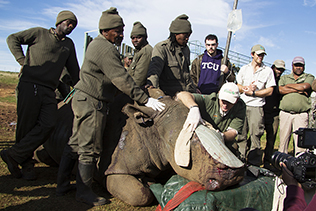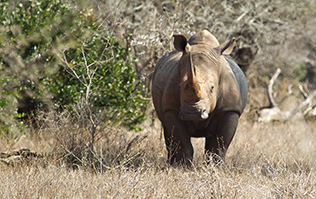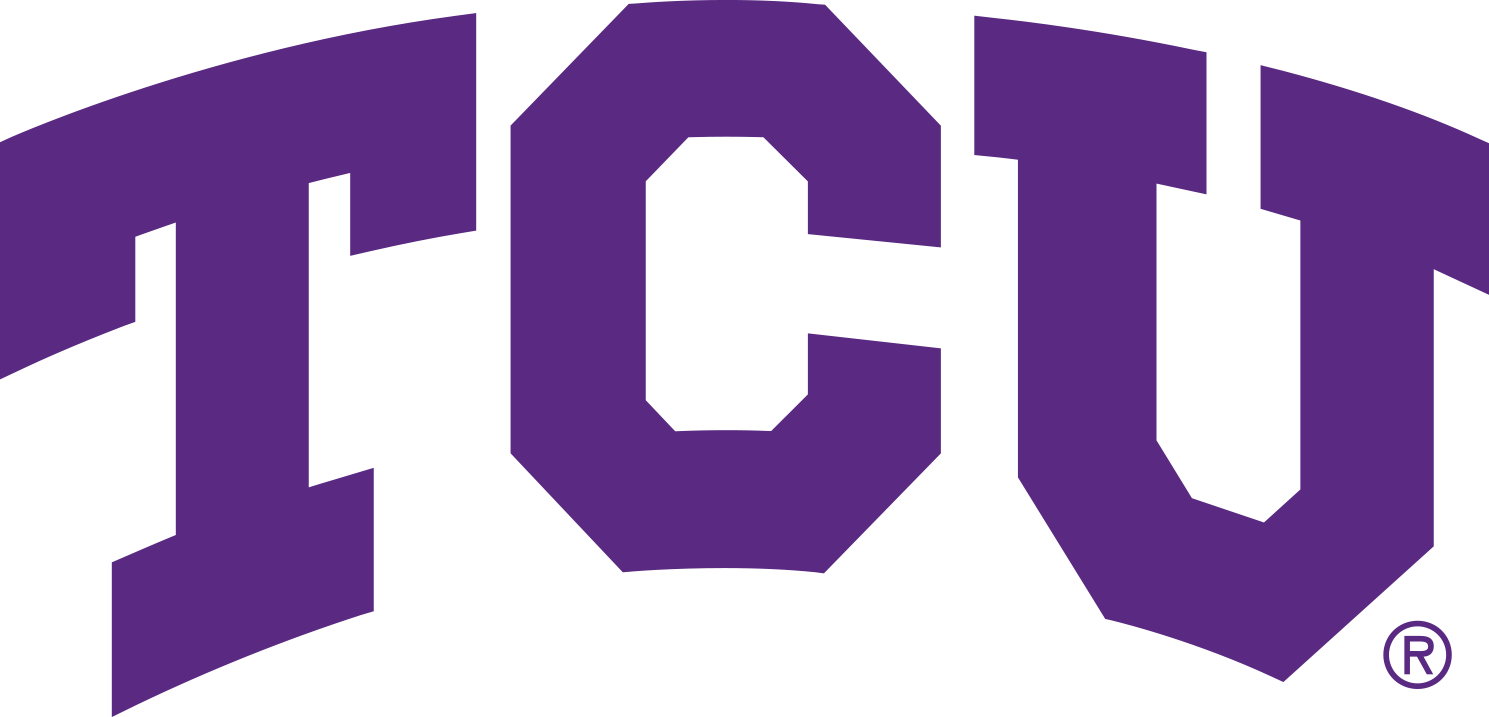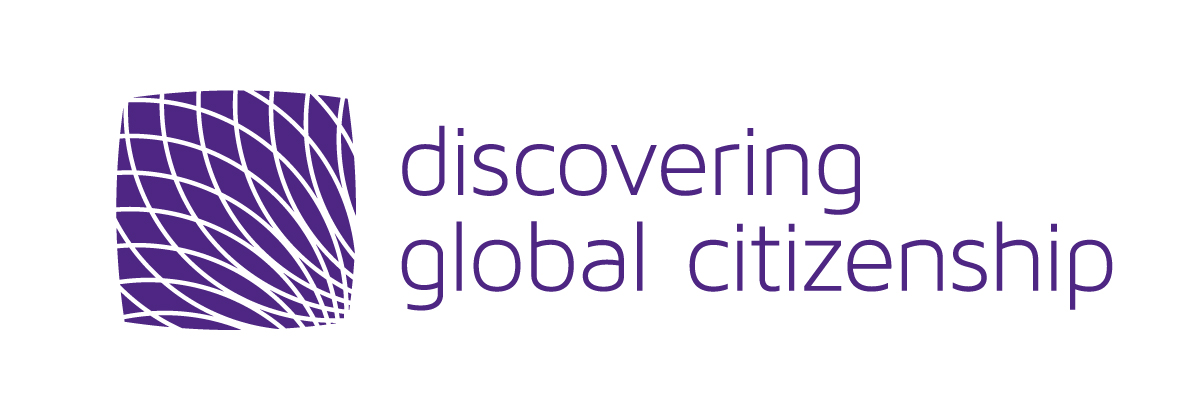The Rhino Crisis

The rhinoceros is one of the most charismatic megafauna we have left in the wild. Once abundant throughout Africa and Asia, with population estimates approaching 500,000 in the early 20th century, rhinos are now being poached to the brink of extinction. The crisis is most prevalent in South Africa, which is home to 83% of Africa's rhinos and 73% of all wild rhinos worldwide. The killing spree started in earnest in 2008 (see here) and is now a major crisis. In 2014 alone, a staggering 1,215 rhinos were killed by poachers - almost three a day. Conservationists estimate that, if the killing continues at this rate, rhino fatality will reach a "tipping point" overtaking births in 2016. Simply put, this means rhinos could go extinct in the very near future.
Poaching is predominantly driven by the illegal trade of the rhino horn, which is fueled by a growing demand in Asian countries, mainly China and Vietnam, where horn is believed to have medicinal properties (modern science has proven that these coveted horns carry no medicinal value whatsoever as they are nothing more than compressed hair). In Vietnam, rhino horn has become such a status symbol  that consumers readily (though illegally) pay upwards of $6,000 per 100g (0.1kg or 3.5oz). It is seen as a cocaine-like party drug, virility enhancer, and luxury item – the "alcoholic drink of millionaires," as one Vietnamese news site called it. At these prices, horn is more expensive than gold and cocaine, which has attracted the involvement of ruthless criminal syndicates who use high-tech equipment to track down and kill the rhinos. Part of the tragedy lies in the method: poachers hack off the rhinos' horns while they are still alive (shooting them would create noise and attention) and leave them to bleed to death.
that consumers readily (though illegally) pay upwards of $6,000 per 100g (0.1kg or 3.5oz). It is seen as a cocaine-like party drug, virility enhancer, and luxury item – the "alcoholic drink of millionaires," as one Vietnamese news site called it. At these prices, horn is more expensive than gold and cocaine, which has attracted the involvement of ruthless criminal syndicates who use high-tech equipment to track down and kill the rhinos. Part of the tragedy lies in the method: poachers hack off the rhinos' horns while they are still alive (shooting them would create noise and attention) and leave them to bleed to death.
While law enforcement is critical in deterring poachers, there appears to be no single answer to combat the current poaching crisis. It seems that a multi-faceted approach will be needed, including ongoing anti-poaching and monitoring patrols, community-based conservation and environmental education schemes, captive breeding, translocations, and demand reduction projects in Asia. To this end, TCU stands ready to help!
Below is a video montage of Hope. We were privileged to help with one of her surgeries in July 2015. She is a beautiful creature and we continue to fight for her survival. Warning: some of these images are graphic, but her story must be told.




